On May 19, 2016, people gathered to watch a family be reunited for eternity. The last member of the trio had died in 1961, but until that day, they had been separated.
Finally, the ashes of Yaeko Sakano were placed in the same grave as her partner Hidesaburō Ueno and Japan’s most famous dog, Hachikō.
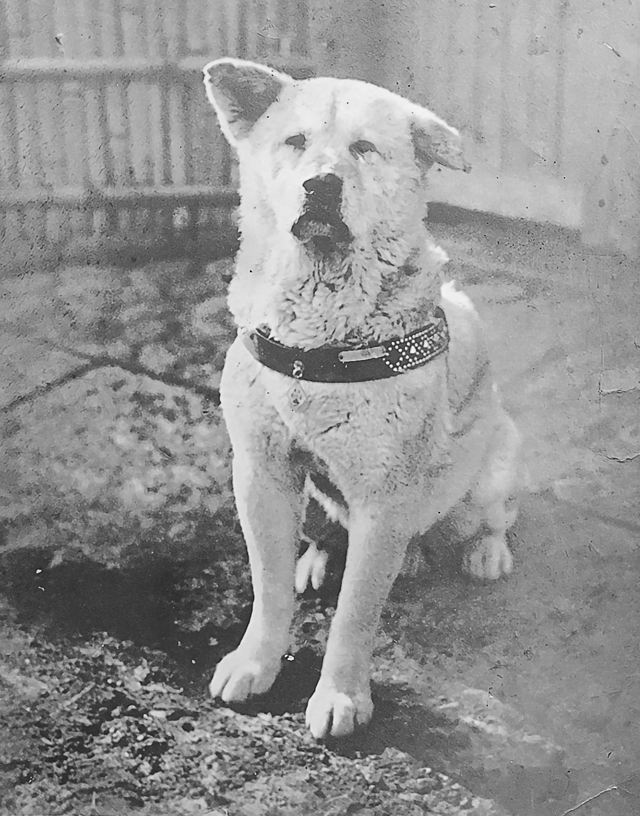

There’s a reason that out of those three names–Yaeko Sakano, Hidesaburō Ueno, and Hachikō–the last one might be the only one you’re familiar with.
Dogs hold a special place in the human heart, a connection that is sometimes closer and more enduring than even the connection between two people.
Hachikō’s love for his owner and his enduring loyalty are why his story still strikes a chord in people 90 years after his death. This is the story of Hachikō–the world’s most loyal dog.
The Akita Inu’s Loyalty
Long before Hachikō waited at the train station for his owner, the Akita Inu was already known as one of the most loyal breeds of dog.
Originally bred to live and work in the snowy Northern Japanese mountains, fierce attachments to their owners were necessary for survival. Akitas were used to hunt bears, and their thick coats helped keep them warm even when the temperatures dropped staggeringly low.
More than most other breeds, Akitas are unwaveringly loyal to their families and will protect them at all costs. This loyalty is what led Hachikō to be so devoted to his owner, waiting for him just like the hunting Akitas of old would wait for their owners.
In 1931, four years before Hachikō’s death, the Akita Inu breed was made a Japanese National Monument and was to be protected. Other national monument breeds include the Hokkaidō Inu, Kai, Kishu, Shiba Inu, and the Shikoku.
Unfortunately for all of these breeds, things changed during World War II, and all non-combat dogs were ordered to be destroyed for both fur and meat.
A few dedicated Akita owners, including the man credited with saving the breed, Mitsubishi engineer Morie Sawataishi, hid their dogs away until the war was finished. Without these hidden dogs, the breed wouldn’t exist today.
The dedication of these owners proves just how special the Akita is. These days, the Akita breed is split into two separate varieties–the Akita Inu and the American Akita.
Hachikō was one of the few purebred Akitas left in Japan before his death. His legacy of love can be seen in adored pets like Kai, Henry Cavill’s dog, and the first two Akitas in the United States, Helen Keller’s dogs Kamikaze-Go and Kenzan-Go.
Hachikō And Professor Ueno
The fuzzy star of our story, Hachikō, was born on November 10, 1923, on a farm in Ōdate. He was around a year old when an Agricultural Professor at Tokyo Imperial University came looking for a companion and took Hachikō home with him.
Hachikō lived happily with Hidesaburō Ueno and his partner Yaeko Sakano for 16 months. During that time, the couple nursed him back to health when he became sick as a puppy, and Hachikō became incredibly attached to them.
Soon, the Akita fell into a routine. Along with Ueno’s two other dogs, he would follow Ueno to the Shibuya Station when he left for work in the morning. The three dogs would then wait for their owner to return, getting snacks and affection from other train commuters while they waited.

It was a blissful time for Hachikō. Tragically, he hadn’t been with his new family for two years when Ueno suffered a cerebral hemorrhage at the university and sadly passed away. The man never returned for his dogs at the train station.
While the other two pups headed home and remained there, Hachikō was more determined. For the next 9 years, 9 months, and 5 days, commuters observed Hachikō waiting at Shibuya Station.
Hachikō’s Loyalty
Hachikō went unnoticed at first, but his vigil began to garner attention when he returned to Shibuya Station every day at the same time.
Professor Ueno had cut quite the figure arriving each morning with his three dogs. After he died, those who had seen the professor before recognized his faithful Akita, who was now alone.
Hachikō’s fame grew when the Japanese daily newspaper, Asahi Shimbun, wrote about the sweet Akita. Slowly, news of Hachikō’s devotion began to spread.
The train station received food donations for the Akita. Tourists began to arrive from all over the world to see the soft, fluffy dog patiently waiting. He inspired artists, poets, and writers.
Hachikō would never know it, but his love for Professor Ueno had touched the hearts of millions. Adoration of Hachikō helped to save the Akita Inu breed and was a daily reminder of how deeply a dog’s love for its owner could run.
Who Cared For Hachikō After His Owner Died?
Thankfully, there was still plenty of love in Hachikō’s life after the death of Professor Ueno. Yaeko Sakano, Ueno’s partner of 10 years and the woman he had purchased Hachikō with, was still alive and well.
She would never turn her back on her beloved Hachikō, the living symbol of her lost partner still walking the earth.
Because Sakano and Ueno were never married, she inherited nothing of his when he died. This included the home that they had raised Hachikō in.
But just like Ueno’s love had inspired lifelong devotion in the Akita Hachikō, his time as a professor had formed unbreakable bonds with some of his students. He mentored them long after graduation, and used his connections to find them the perfect jobs when they were ready.
These students were so dedicated to the late professor that they were determined to take care of Yaeko, the woman Ueno had so loved. They knew Ueno would never want Yaeko without a home, so they built her one themselves.
The new home was small, but perfect for Yaeko. Ueno’s students had even included a tea room for the woman, who was a certified tea ceremony instructor.
Most importantly of all, though, it was a home Hachikō could return to after his daily shift waiting at Shibuya. The house was next to a farm, similar to the one Hachikō had been born at, but the Akita’s frolicking annoyed the farmer.
Still, for the next three years, Hachikō would return to Sakano’s home. When he wasn’t there, he would cavort around town, receiving treats and affection from adoring fans.
Later, when Hachikō’s time in the farmer’s field began to cause problems, she asked a friend to take in the dog. Kozaburo Kobayashi, Professor Ueno’s former gardener, had bonded with Hachikō and had a property much more suited to housing a large Akita.
Yaeko Sakano wanted a safe place for the Akita to lay his head at night, without worrying about the retaliation of angry neighbors. Fortunately, Sakano’s new home was close to Shibuya station, and she went and visited him often.
For years, Sakano would go to the train station to see Hachikō, and he was always excited to see her. The Akita would jump for joy when the woman who helped raise him would appear.
Hachikō’s Legacy
Hachikō, the world’s most loyal dog, died on March 8, 1935. He was 11, meaning that Hachikō led a full life even after losing his owner. The average life expectancy of an Akita is between 10 and 14 years.

People the world over grieved for Hachikō, but there was also a bittersweet joy–Hachikō was back with Professor Ueno after all his time spent waiting.
The Akita would be buried with the professor in Aoyama Cemetery. He was given a funeral that was attended by foreign dignitaries, with heartfelt prayers being offered by Buddhist monks.
Decades later, long after Hachikō and Sakano had both died, documentation would be found expressing Sakano’s wishes to be buried with Ueno and Hachikō. In May 2016, Yaeko Sakano’s remains were moved to be buried with Ueno and Hachikō, reuniting the family for eternity.
So, while Hachikō’s legacy is his loyalty to Professor Ueno long after his death, the Akita didn’t spend the rest of his life lonely or abandoned on the streets. Hachikō had Yaeko Sakano, Kozaburo Kobayashi, and the thousands of people who would make the pilgrimage to see him at Shibuya Station.
The great love of Hachikō’s life was Professor Hidesaburō Ueno, but the world loved Hachikō.
Hachikō’s Cultural Impact
Each year, on the anniversary of his death, a ceremony is held in Hachikō’s memory. It’s attended by droves of dog lovers with their own canine companions.
A year before Hachikō passed, money was raised to erect a statue of the aging Akita at Shibuya Station.
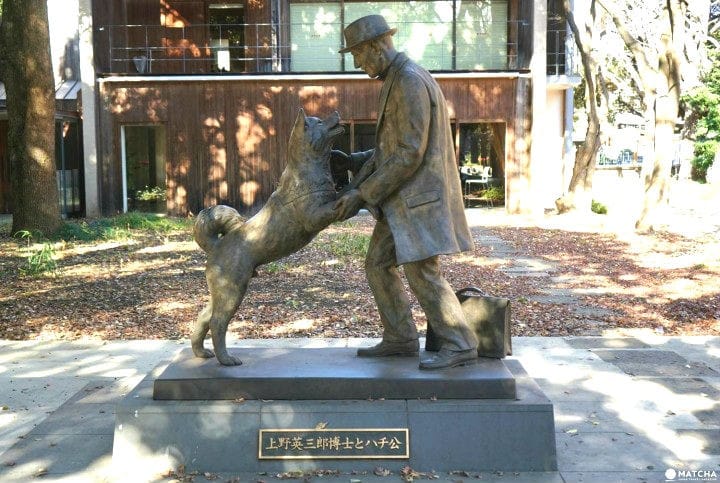
The bronze statue was sculpted by artist Teru Ando, but during World War II, it was recycled for metal. Once the war had ended, the son of the original sculptor created a new bronze monument to Hachikō, which still stands today.
Much later, in 2015, another statue of Hachikō would be created at the workplace of his owner. The Faculty of Agriculture and Farming commissioned a bronze statue to be created for the 80th anniversary of Hachikō’s passing.
This statue, though, did not represent death. Instead, it depicts a delighted Hachikō greeting his master, joy evident on both of their faces. Hachikō is shown jumping up on Professor Ueno–reunited, forever.
Sources
https://www.bbc.com/news/world-asia-65259426
https://www.northlandakitas.com/akitahistory/ahistory.htm
https://vergil.hateblo.jp/entry/2016/05/21/100809



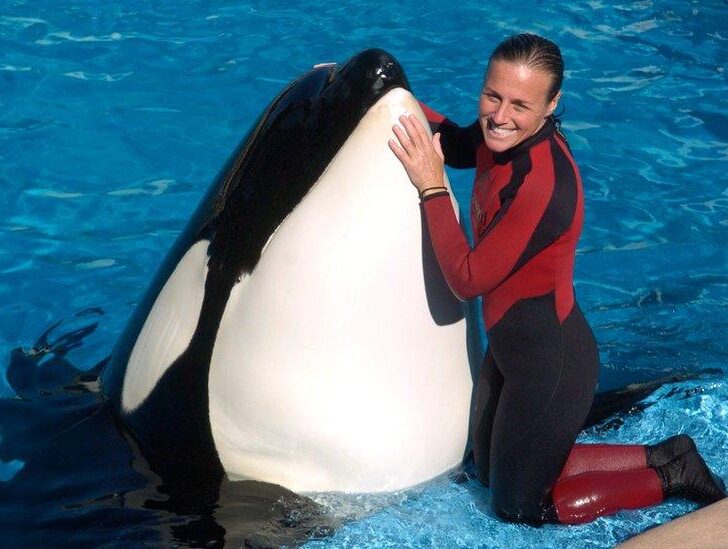


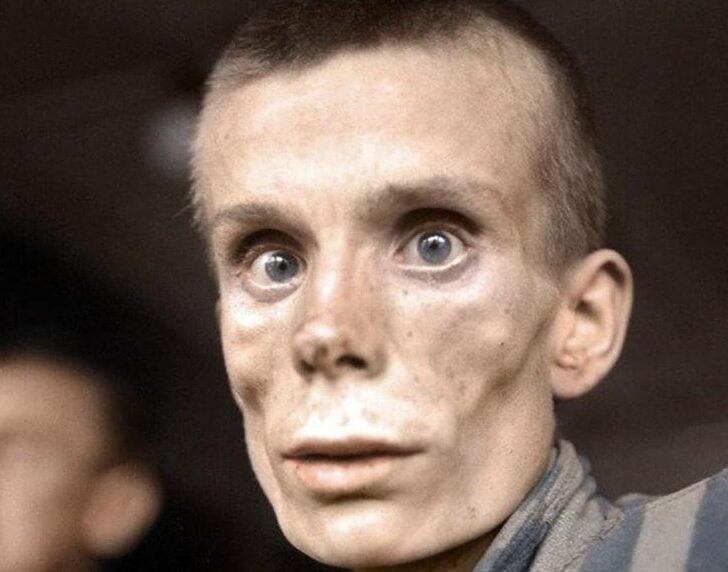



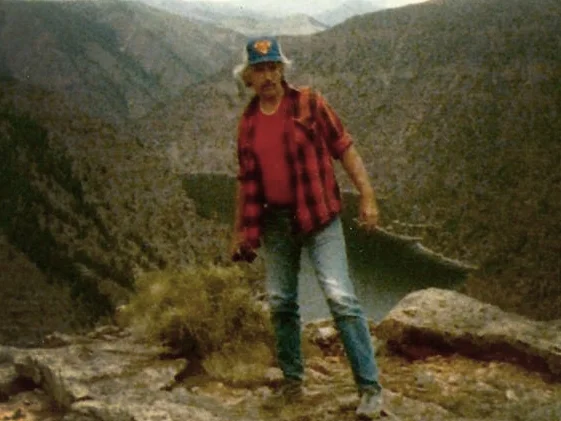
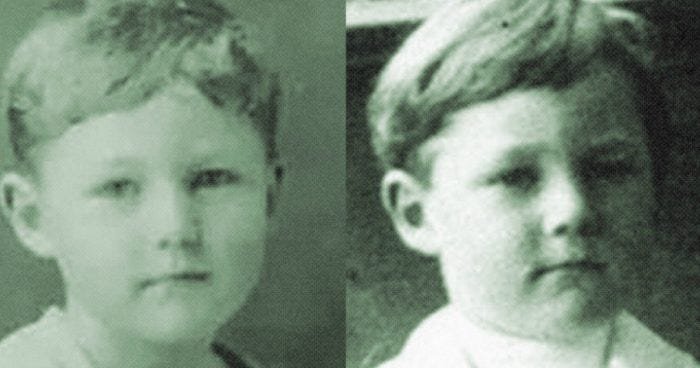

Leave a comment